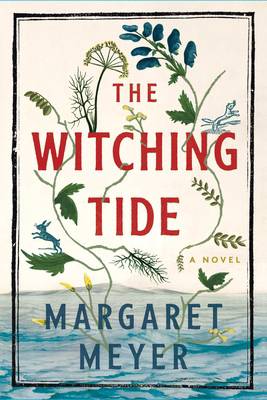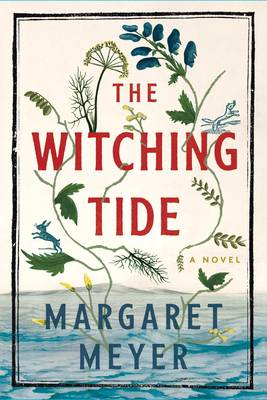
- Afhalen na 1 uur in een winkel met voorraad
- Gratis thuislevering in België vanaf € 30
- Ruim aanbod met 7 miljoen producten
- Afhalen na 1 uur in een winkel met voorraad
- Gratis thuislevering in België vanaf € 30
- Ruim aanbod met 7 miljoen producten
Zoeken
Omschrijving
Named a best historical novel of the year by The New York Times Book Review and "reminiscent of both The Scarlet Letter and Hamnet" (Jezebel), The Witching Tide is a powerful debut inspired by the true events behind a deadly witch hunt in 17th-century England. East Anglia, 1645. Martha Hallybread, a midwife, healer, and servant, has lived peacefully for more than four decades in her beloved seaside village of Cleftwater. Having lost her voice as a child, Martha has not spoken a word in years. One autumn morning, a sinister newcomer appears in town. A "witchfinder," Silas Makepeace has been blazing a trail of destruction along the coast, and his arrival in Cleftwater strikes fear into the heart of the community. Within a day, local women are being detained. Martha is enlisted to search the accused women for "devil's marks," and finds herself a silent witness to the hunt. Martha is caught between suspicion and betrayal; between shielding herself or condemning the women of the village. In desperation, she revives a wax witching doll that belonged to her mother, in the hope that it will bring protection. But the doll's true powers are unknowable, Martha harbors a terrible secret, and the gallows are looming... Set over the course of a few weeks that forever changed history, and for readers of Hilary Mantel and Margaret Atwood, The Witching Tide "illuminates a dark historical period and cautions against its recreation" (Kirkus Reviews).
Specificaties
Betrokkenen
- Auteur(s):
- Uitgeverij:
Inhoud
- Aantal bladzijden:
- 336
- Taal:
- Engels
Eigenschappen
- Productcode (EAN):
- 9781668011362
- Verschijningsdatum:
- 5/09/2023
- Uitvoering:
- Hardcover
- Formaat:
- Genaaid
- Afmetingen:
- 140 mm x 214 mm
- Gewicht:
- 408 g

Alleen bij Standaard Boekhandel
+ 82 punten op je klantenkaart van Standaard Boekhandel
Beoordelingen
We publiceren alleen reviews die voldoen aan de voorwaarden voor reviews. Bekijk onze voorwaarden voor reviews.











